
Content warning: this article contains forthright descriptions of suicide and suicidal thoughts. It also contains spoilers for A Star is Born.
I was hospitalised recently, due to a risk of committing suicide.
I’d been fighting depression and anxiety for years, but things truly got bad this past year. I’d recently uprooted to a different country, and uncertainty, isolation, and self-loathing had become major issues. As things got worse, I thought more and more about death, then about me specifically dying, and ultimately about suicide. Eventually I believed there was no future in which my death would be caused by anything other than my own hand.
It was with these thoughts lurking my brain that I went to see A Star is Born. Having not seen any previous version, I only knew the rudimentary basics of the story, so I went in knowing only that it was highly-regarded and a likely awards-season contender. I had no idea the film would conclude with Bradley Cooper’s character committing suicide – and didn’t think for a moment that it would ignite a chain reaction in my mind. Without getting into too much detail about the specific incident that sent me there, a little while later I was in an emergency psychiatric ward, being asked if I was carrying any sharp objects on my person.
A Star is Born is cited in my medical records.
For most people, this process is difficult to comprehend. How can a movie, for Christ’s sake, make someone suicidal? Prior to this, I thought I intellectually understood what being “triggered” meant, but I’d never experienced it myself. Turns out, in my experience, that the term “triggered” – now beaten into meaninglessness by alt-right bros making fun of “snowflakes” – is a bit of a misnomer.
While many joke about depressing films making them “want to kill themselves,” I didn’t walk into the movie feeling fine and emerge a newly-suicidal butterfly. Stories, images, and sound work on different psychologies in different ways, and when you’re predisposed to certain thoughts or feelings, you’re much more vulnerable to material that plays upon them. When you read or hear the word “triggered,” consider that, metaphorically speaking, the trigger is often already pressed down much of the way. It only takes a nudge to send someone into a catastrophic mental and emotional spiral.
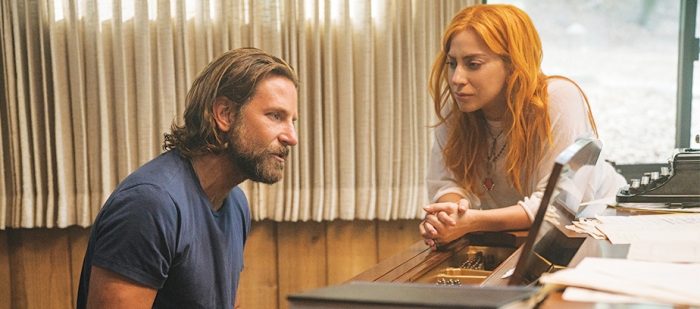
I’m Off the Deep End
A Star is Born tells the story of Jackson Maine, country-music superstar, and Ally, the up-and-coming singer/songwriter he uplifts to titular stardom. Cooper, Lady Gaga, and Sam Elliott do great work as their respective characters. “Shallow” is a good song. For a while, at least, it’s a good movie. But it’s hard to tell from my perspective.
It wasn’t the mere mention or even depiction of suicide in A Star is Born that affected me; it was the specific way in which it played out, both in the story and in the filmmaking. Much of the movie centres on Jack’s addiction issues and troubled past, and a scene mid-film reveals that he had attempted suicide by hanging at age 13 – the same method he uses to take his life in his climactic scene. Combined with his lifelong struggle with substance abuse, the implication – to me, given my pre-existing feelings – was that Jackson was inexorably on the road to suicide; that it was written in the stars.
Cooper plays and shoots the actual suicide sequence with grim resignation. Jack goes methodically through every step of his plan, as if his final moments are as scripted for him as the movie is for us. The camera rests heavily upon each of those steps, deliberately echoing the specific hanging imagery the script set up an hour earlier. It’s as focused and assured as an actual suicide plan. From the moment the scene starts, there’s no question about where it’s going.
I didn’t cry – I merely felt myself sink into my seat, my consciousness disconnecting from the world around me, thoughts and feelings making connections that got firmer with every successive shot. For people without such leanings, it’d play out as the relatively artful, sensitive storytelling that it is. But I had been ideating around suicide, and A Star is Born solidified and confirmed those nascent feelings.
I’m not the only one who had such a reaction. In my home country of New Zealand, the Mental Health Foundation and the police’s Victim Support unit received multiple complaints from individuals triggered by the movie’s ending. It provoked David Shanks, head of the New Zealand Office of Film and Literature Classification, to have the film’s rating amended, adding “suicide” to its ratings descriptors, which all cinemas are legally required to display in their foyer. A full description of the decision can be found on the OFLC’s highly informative website.

Two Ratings Boards
Turns out, New Zealand is one of the few countries whose classification board actually cites suicide in ratings. The practice only really began ten to fifteen years ago, following the release of suicide documentary The Bridge, but as Shanks explains in a terrific interview with NZ film outlet Flicks, it was a positive move, and the practice is accepted as the norm. It is not a practice followed in the United States.
To understand this discrepancy, one must understand the difference between New Zealand’s ratings group and America’s. The Motion Picture Association of America is an industry organisation, acting not-insignificantly as a government lobbying group for studios, and its ratings system is entirely self-regulated and voluntary. The OFLC is government-run, its ratings enforced by law. One organisation is run by the movie industry and serves that industry’s political and PR interests. The other is run by the government and serves the public interest. This is important.
The NZOFLC is much more transparent than the MPAA, which notoriously operates behind closed doors. It makes more balanced and less market or morality-driven decisions. Sex, nudity, and swearing are given a softer touch, for example, while violence is a bigger no-no; the R18 classification isn’t the box-office death sentence that NC-17 is. Over and above the literal content of texts, the office evaluates the “intended purpose, likely audience, and dominant effect of the publication as a whole” – taking into consideration “artistic merit, cultural importance, or educational value.” One prominent example: Colin Firth cursing through his stutter in The King’s Speech did not receive the automatic R rating given by the MPAA to any movie with more than one “fuck.”
It’s really in its ratings descriptors that this difference shines, though – and this is the area most relevant to the subject at hand.
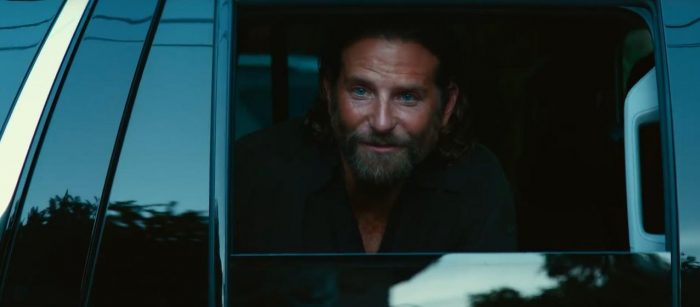
To Flag or Not to Flag
Neither the MPAA website nor the IMDb lets you search by ratings descriptor, but the OFLC website does, so I ran two searches: one on the OFLC’s website for texts classified with “suicide,” and one on IMDb for films with “suicide” in their user-submitted plot keywords. For a couple hundred titles, I compared the descriptors from both ratings bodies, and found a consistent trend: the OFLC has warned about suicide for a decade, and the MPAA basically never has.
Let’s look at five recent and prominent films, all of which feature prominent suicides or suicide-related material in them, and all of which, for what it’s worth, I think are great movies:
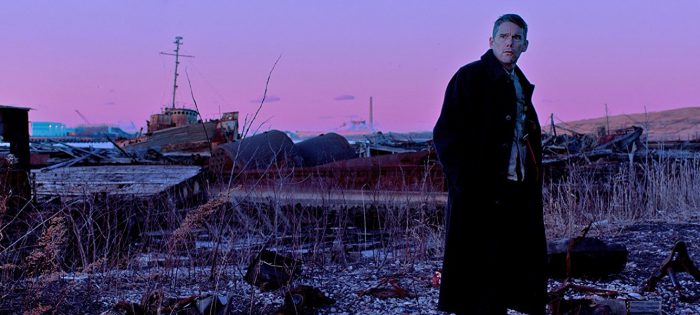
First Reformed (story is kicked off by a suicide; other suicide-adjacent content)
MPAA: Rated R for some disturbing violent images
NZOFLC: Rated R16 for violence, suicide and content that may disturb
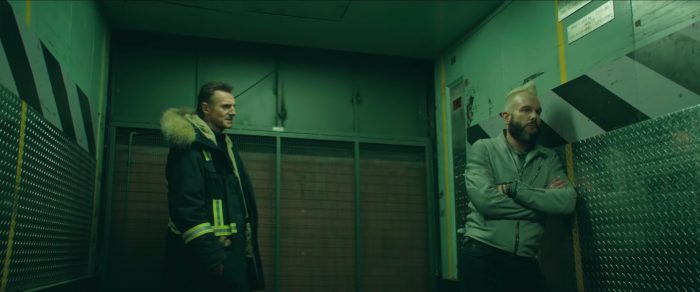
Cold Pursuit (a character contemplates and almost commits suicide)
MPAA: Rated R for strong violence, drug material, and some language including sexual references
NZOFLC: Rated R16 for violence, suicide themes, sexual references and offensive language
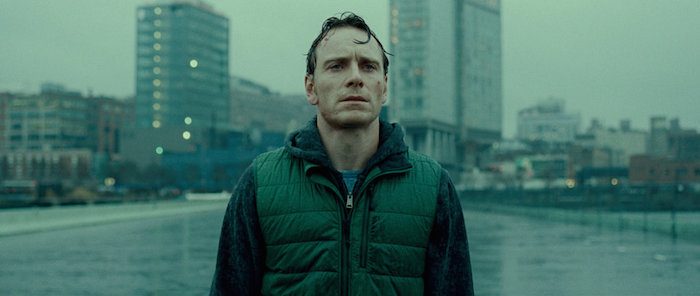
Shame (features bloody suicide aftermath)
MPAA: Rated NC-17 for some explicit sexual content
NZOFLC: Rated R18 for sex scenes and suicide
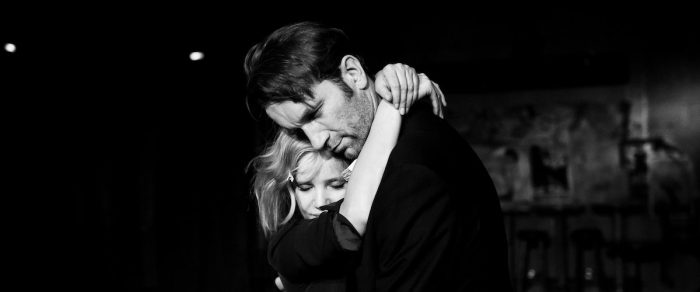
Cold War (features implied and almost romanticised suicide)
MPAA: Rated R for some sexual content, nudity and language
NZOFLC: Rated M for offensive language, sex scenes & suicide references
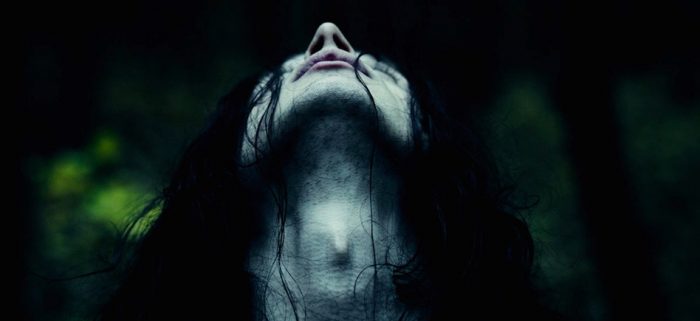
Lords of Chaos (features extremely graphic suicide scene and much suicidal discussion)
MPAA: Rated R for strong brutal violence, disturbing behavior, grisly images, strong sexuality, nudity, and pervasive language
NZOFLC: Rated R18 for graphic suicide, bloody violence & sex scenes
The MPAA tends to lump suicide under “violence” or “disturbing images” in nearly every case – if there’s even a hint towards it. I only found two films flagged for suicide by the MPAA: the aforementioned The Bridge, and Girl Interrupted – the latter the only film flagged by the MPAA and not by the OFLC. Obviously, the OFLC hasn’t always done this – most pre-2006 films and some more recent films (Hereditary, You Were Never Really Here, Cloud Atlas) weren’t flagged by either body – but the fact that the change took place demonstrates that it is possible to change.
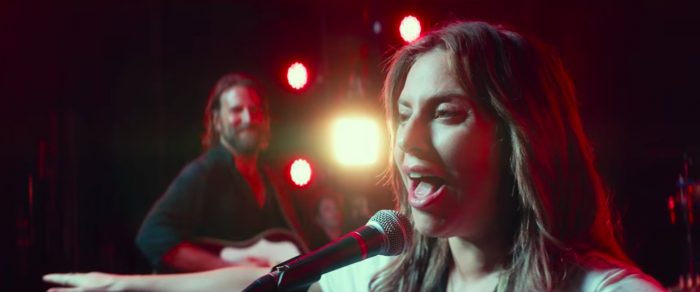
Far From the Shallow Now
Why does the MPAA leave suicide out of its ratings decisions? It’s possible that it’s due to its guidelines being based rigidly around depiction, ignoring context: someone shooting themselves counts as “graphic violence,” while someone taking a fistful of pills with vodka doesn’t merit a mention (except for maybe alcohol use). After all, it’s easier to point at literal images on screen than it is to debate the finer points of context.
It’s also possible that the MPAA, seeking to protect its members’ (Paramount, Sony, Fox, Universal, Disney, WB, and Netflix) box office takings, wishes to avoid spoiling characters’ endings on posters and trailers. At least, that’s a common criticism of such trigger warnings. But saying a film contains suicide doesn’t spoil who, when, where, why, or how the suicide takes place. It just says that it does, and that’s important to know if you’re sensitive to that issue.
I used to care little about this subject. It never affected me, so why would I? Experiencing psychological triggering myself, however, changed my perspective. I don’t believe art should be censored, obviously – this isn’t an issue about removing content from the public. I probably still would’ve seen A Star is Born, even with a warning – but I would have known what was coming, and steeled myself for it appropriately. Vulnerable people need to be aware of what they’re getting themselves into when they walk into the theatre, and ratings descriptors are the clearest way to achieve that.
Depictions of suicide – and war, sexual assault, and other concepts – might not affect everyone, but the people they do affect are hit hard. For everyone else, adding “suicide” to ratings descriptors won’t make a jot of difference. Assholes will get angry about snowflakes and political correctness – they’ll probably get mad at me for writing this article – but honestly? Fuck those guys. This has zero impact on them. Among the depressed, suicidally-inclined, or PTSD-afflicted, such a warning could literally save lives.
I was lucky to have Quebec’s public mental health system catch me before I made an irreversible decision. Americans lack that basic human right – many of the most psychologically vulnerable are the same people who can’t afford private health insurance – and they also don’t have a ratings body willing to take that tiny extra bit of responsibility. It won’t solve any problems by itself, but the MPAA could do its part pretty damned easily.
All it has to do is put one extra word in its vocabulary.
The post Off the Deep End: ‘A Star is Born’ and Why the MPAA Needs to Include Depictions of Suicide in Its Ratings appeared first on /Film.
from /Film http://bit.ly/2SHlZjs

0 Comments